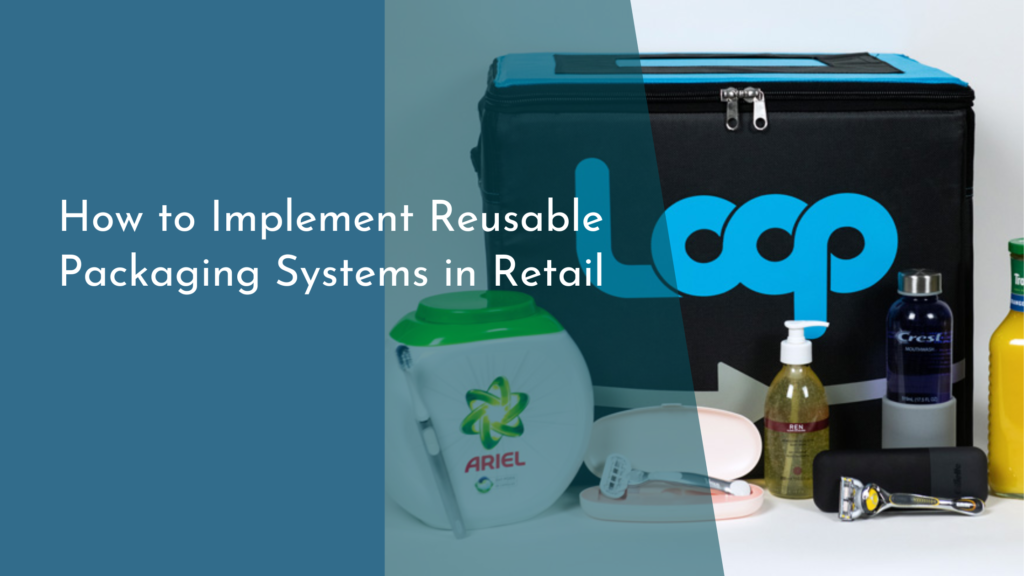Water-saving Fixtures: A Guide for Homeowners
As the effects of climate change and overconsumption of resources become increasingly apparent, finding ways to conserve water in our homes is more important than ever. Water-saving fixtures offer an effective solution to reduce water usage without sacrificing comfort or convenience. Whether you’re building a new home or upgrading your existing one, understanding, choosing, and installing water-saving fixtures can significantly impact your water bill and the environment. This guide will walk you through the basics of water-saving fixtures, how to choose the right ones for your home, and tips for installation to maximize their efficiency.
Understanding Water-saving Fixtures: The Basics
Water-saving fixtures are specially designed plumbing devices that help reduce water usage in homes and buildings. These fixtures include low-flow showerheads, faucet aerators, dual-flush toilets, and water-efficient washing machines and dishwashers. By regulating the flow of water or using innovative technologies to minimize waste, these fixtures can cut household water consumption by up to 50%. Not only do they help conserve one of our most precious resources, but they also save homeowners money on utility bills.
These fixtures come with various features that enhance their efficiency. For example, low-flow showerheads maintain water pressure while using less water, often by mixing air into the water stream. Dual-flush toilets offer two flush options—one for liquid waste and a full flush for solid waste, allowing users to control water use. Faucet aerators introduce air into the water stream, reducing flow without compromising performance. Understanding these basic functionalities can empower homeowners to make informed decisions and embrace more sustainable living practices.
Choosing the Right Fixtures for Your Home
When choosing water-saving fixtures, consider the specific needs and habits of your household. Start by evaluating where the most water is consumed in your home. Bathrooms are typically the largest contributors to water use, making them a prime target for upgrades. If you’re focusing on showers, look for WaterSense-labeled showerheads, which meet the Environmental Protection Agency’s criteria for efficiency and performance. In the kitchen, installing a water-efficient dishwasher can save gallons with each load, so check for ENERGY STAR-rated models.
Aesthetics and compatibility with your existing plumbing are also important factors. Fortunately, water-saving fixtures come in various styles and finishes, allowing you to find options that match your decor and design preferences. Additionally, ensure that any fixture you choose is compatible with your current system to avoid unnecessary complications during installation. Consider consulting with a plumbing professional to confirm that your choices will work seamlessly in your home.
Installation Tips for Maximum Efficiency
Proper installation of water-saving fixtures is crucial for ensuring they work efficiently and effectively. First, gather all necessary tools and follow the manufacturer’s instructions diligently. If replacing a showerhead or faucet aerator, ensure the old fixtures are removed carefully to prevent damage to the plumbing. Use plumber’s tape on threaded connections to ensure a watertight seal and prevent leaks.
For more complex installations, such as dual-flush toilets or water-efficient appliances, you may want to hire a professional plumber. They can help ensure that the installation is done correctly and that the fixture operates at peak efficiency. Additionally, regular maintenance and inspections of these fixtures can help maintain their performance over time, ensuring that your water savings continue.
Reap the Benefits of Water-saving Fixtures
Installing water-saving fixtures in your home offers numerous benefits beyond just reducing water usage. The immediate financial savings on your water bill can be significant, often providing a return on investment within a few years. Some states and municipalities also offer rebates or incentives for upgrading to water-efficient devices, adding to the financial allure of these fixtures.
Beyond the monetary advantages, water-saving fixtures contribute positively to the environment by conserving a vital resource. They reduce the demand on water supply systems and decrease the energy required for water heating and treatment. By investing in water-saving technology, homeowners can take a meaningful step towards sustainable living, contributing to a healthier planet for future generations.
Embracing water-saving fixtures in your home is not just about cutting costs; it’s about making a commitment to environmental stewardship and adopting a more sustainable lifestyle. By understanding the basics, making informed choices, and following best practices for installation, you can significantly reduce your water footprint. As you enjoy the benefits of lower utility bills and a more eco-friendly home, you’ll find that every drop truly counts. So why wait? Start exploring the world of water-saving fixtures today and make a splash in the world of water conservation!


